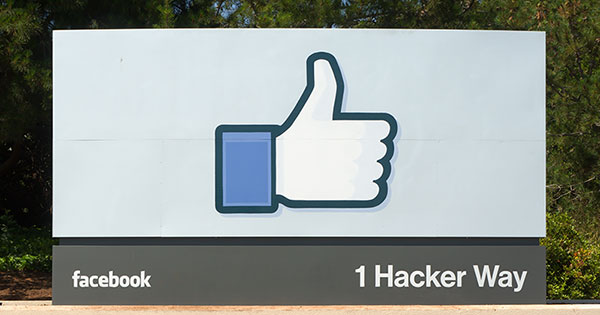Facebook on Thursday announced a pilot test of “Reactions,” a way to respond to posts on the network in a more nuanced way than its Like button allows. The new feature is live in Spain and Ireland.
CEO Mark Zuckerberg previously alluded to the eventual landing of a Like alternative, although he said it would not be a much-requested Dislike button.
Facebook had good reasons to resist a Dislike button, with all of its attendant negativity.
The new Reactions bar addresses the spirit of the user requests with a “more expressive Like button,” said Chris Cox, chief product officer at Facebook.
(function(d, s, id) { var js, fjs = d.getElementsByTagName(s)[0]; if (d.getElementById(id)) return; js = d.createElement(s); js.id = id; js.src = “//connect.facebook.net/en_US/sdk.js#xfbml=1&version=v2.3”; fjs.parentNode.insertBefore(js, fjs);}(document, ‘script’, ‘facebook-jssdk’));
Besides Like, users can choose emoji to express several other sentiments by hovering or long pressing on the Reactions bar. The available emotions are Like, Love, HaHa, Yay, Sad and Angry.
Anticipate the Negative
The Reactions bar could promote more positive experiences and serve as a tool to quash negative ones.
It could help prevent Internet bullying by alerting Facebook when something is out of order, according to Tony Lee, social media lead at 5W.
“For the first time in Facebook’s history, there may be a way to detect Internet bullying before it gets out of hand,” he told TechNewsWorld.
Theoretically, Facebook can step in when it notices a sharp uptick in negative reactions to a particular user’s content, according to Lee.
Cyberbullying invokes fear through hateful messages and images, and “these opportunities for negativity already exist,” noted April Masini, author of Ask April.
Facebook’s Reactions emoji may curtail the impulse to make long-winded and pointed comments by giving people an option to merely register their overall sentiment, she told TechNewsWorld.
Looking at the Reactions bar from another angle, the new emoji on the panel could make Facebook more interactive.
Each of the emotions represented opens up the possibility of much more discussion than a Like button alone, Masini pointed out.
Reasons Behind Reactions
The new Reactions bar should make communication “more emotional and less technical,” noted Justin Garrity, president of Postano.
“Today, when someone posts about a personal tragedy, and you want to support it, it feels wrong to click the Like button,” he told TechNewsWorld. “I think these new options provide enough emotional options in addition to Like to more accurately show the type of support one friend has for another’s post on Facebook.”
Beyond pleasing its users, the Reactions bar will feed Facebook’s big data initiatives with new intelligence, said 5W’s Lee.
“Facebook is already the industry leader in providing free, top-quality analytics to companies — and Reactions buttons will be another layer,” he said.
Ads Up
By enticing users to pump new streams of insights into its big data machines, the Reactions bar could make Facebook’s ads platform an even more useful tool for advertisers.
“Facebook Ads is already the most accurate and cost-effective online advertising in the market,” said Lee. “The user reactions can theoretically add more relevancy and accuracy to the A/B testing, further making Facebook the industry leader to measure a digital campaign’s effectiveness.”
It’s a big win for advertisers and social visualization platforms like Postano, which now can factor in mood, said Garrity. “Showing Love is much more powerful than Like, and if an ad is making users Angry, it might be a good indicator to rethink the ad.”



















































